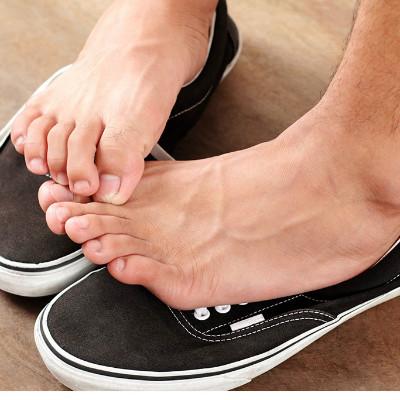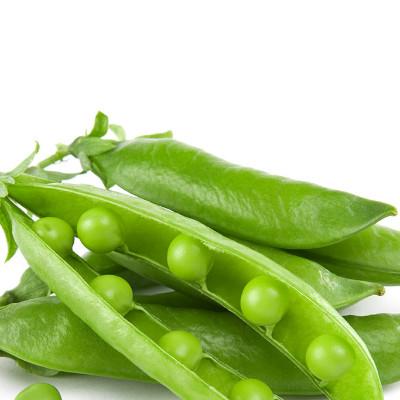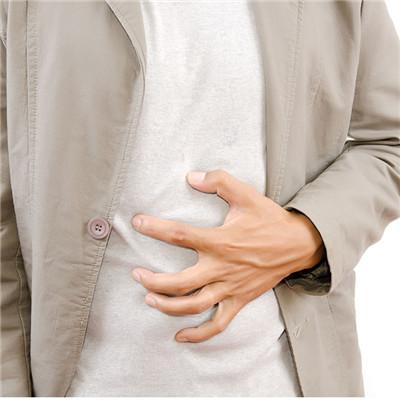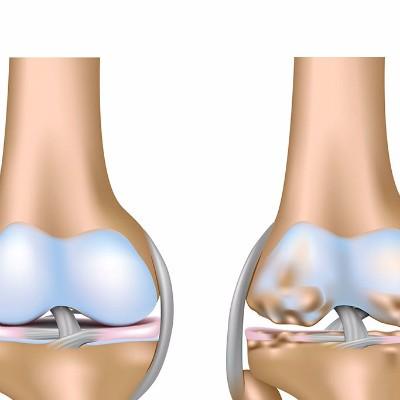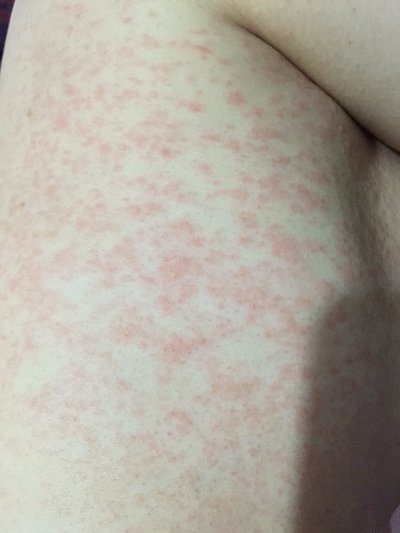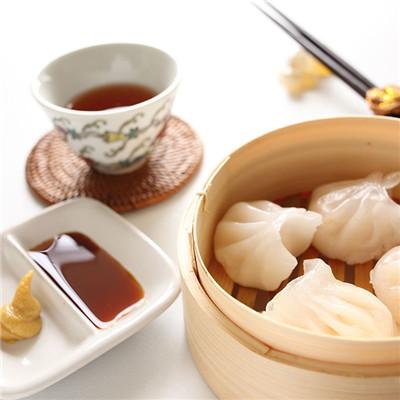Differential diagnosis of contact dermatitis?
summary
What is contact dermatitis? Many people are depressed because of contact dermatitis, so the differential diagnosis method of contact dermatitis? It must be a problem that everyone is very concerned about, because contact dermatitis is especially easy to be confused with other skin diseases, so here is a brief introduction!
Differential diagnosis of contact dermatitis?
Diagnosis 1, laboratory examination, skin patch test - for patients who can not identify allergens, skin patch test can be done with suspicious substances after dermatitis is cured, and allergens can be identified for positive patients.
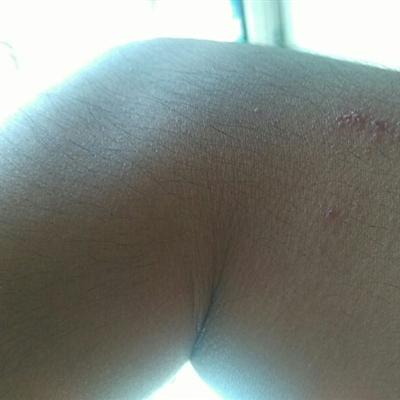
Diagnosis 2, clinical manifestations - according to experts, patients with contact dermatitis have a clear history of foreign body contact. Skin damage is characterized by the onset of disease in the contact area, clear boundary, such as scratching can spread the contact to other parts of the body, the same dermatitis. In addition, the rash morphology of contact dermatitis patients includes erythema, papules, blisters and edema, erosion or ulcer necrosis. The severity of symptoms is related to the contact time, sensitization and body reactivity. The etiology was removed, and the patients generally recovered within a few days or 1-2 weeks.

Diagnosis 3. Differential diagnosis contact dermatitis needs to be differentiated from acute eczema. Sometimes facial contact dermatitis needs to be distinguished from acute erysipelas. The latter has obvious red, swelling, pain, heat, with chills, fever, headache and other systemic symptoms. The number of white blood cells in the blood is increased, especially the proportion of neutrophils is increased; Contact dermatitis of the foot sometimes needs to be differentiated from tinea pedis, the latter is mostly spread from the foot seam, with mild inflammation, irregular shape and positive fungal examination.

matters needing attention
Avoid some irritating food, such as onion, ginger, garlic, strong tea, coffee, wine, seafood, fish, shrimp, crab, etc.
